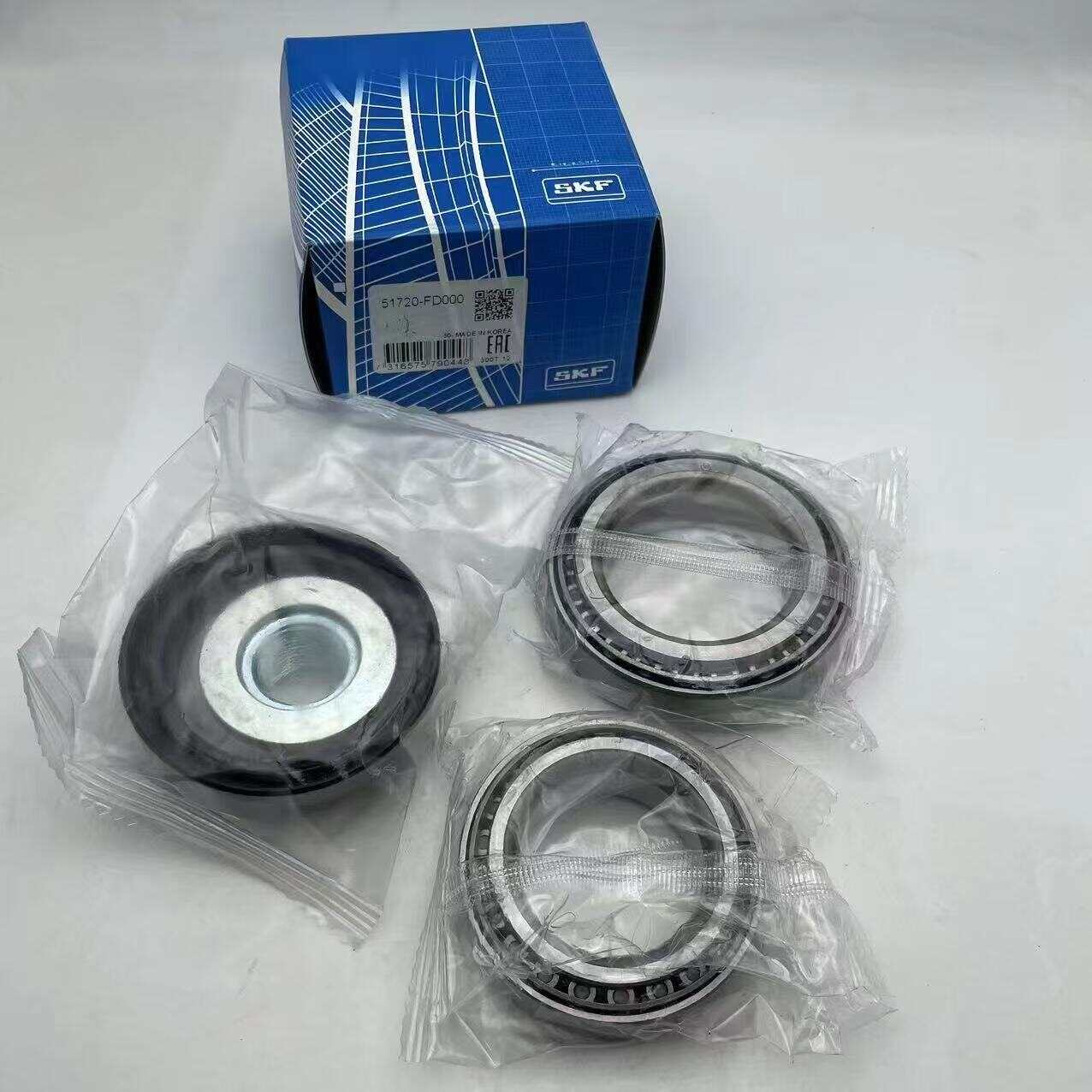Email format error
Email cannot be empty
Email already exists
6-20 characters(letters plus numbers only)
The password is inconsistent
Email format error
Email cannot be empty
Email does not exist
6-20 characters(letters plus numbers only)
The password is inconsistent


Bearing Repair Kits: Save Time & Money with Proper Maintenance
If you work with industrial machinery, automotive systems, or heavy equipment, you know that bearings are the unsung heroes of motion. But when bearings fail, the cost of replacement—both in parts and downtime—can be significant.
That’s where a bearing repair kit comes in.
Whether you're a maintenance technician, plant manager, or DIY mechanic, this guide will help you understand what bearing repair kits are, when to use them, and how they can extend the life of your equipment.
What Is a Bearing Repair Kit?
A bearing repair kit is a specialized set of tools and components designed to remove, replace, repair, or maintain bearings efficiently. These kits are tailored to specific bearing types, sizes, or applications and typically include:
-
Bearing pullers (mechanical or hydraulic)
-
Seals and shields
-
Lubricants (grease or oil)
-
Mounting tools (sleeves, drivers, or arbor presses)
-
Cleaning tools (brushes, solvents)
-
New bearings or replacement rings (in some kits)
-
Instruction manuals or technical guides
Kits are often designed for specific contexts, such as automotive wheel bearings, industrial pump bearings, or electric motor bearings.
Key Benefits of Using a Bearing Repair Kit
-
Cost Savings
Instead of replacing entire assemblies or hiring external service teams, repairing bearings in-house with a kit reduces part and labor costs. -
Extended Equipment Life
Regular maintenance and timely repairs prevent catastrophic failures and extend the operational lifespan of machinery. -
Reduced Downtime
With the right tools on hand, repairs can be performed quickly, minimizing production or operational delays. -
Improved Safety
Worn or damaged bearings can lead to equipment failure, accidents, or injuries. Proper repair ensures safe operation. -
Versatility
Many kits are designed for multiple bearing types and sizes, making them useful across various applications.
Common Applications of Bearing Repair Kits
-
Automotive: Wheel bearing maintenance, transmission systems, alternators
-
Industrial: Pumps, conveyors, electric motors, gearboxes
-
Agriculture: Tractors, harvesters, irrigation systems
-
HVAC Systems: Fans, blowers, compressors
-
Marine: Propulsion systems, rudder bearings
How to Choose the Right Bearing Repair Kit
Not all kits are created equal. Here’s what to consider when selecting one:
-
Bearing Type & Size
Match the kit to your specific bearing (e.g., ball, roller, taper, sleeve) and dimensions. -
Application Context
A kit for automotive wheel bearings will differ from one for industrial pump bearings. -
Tool Quality
Look for heat-treated steel pullers, corrosion-resistant components, and certified lubricants. -
Brand Reputation
Trusted brands like SKF, Timken, or NTN often provide higher reliability and better technical support. -
Comprehensiveness
Does the kit include all necessary tools? Are seals, lubricants, and installation accessories included?
Step-by-Step: How to Use a Bearing Repair Kit
-
Diagnosis
Identify the faulty bearing using signs like noise, heat, or vibration. -
Disassembly
Use bearing pullers or presses to safely remove the old bearing without damaging shafts or housings. -
Cleaning
Remove old grease, debris, or rust from the housing and shaft using solvents and brushes. -
Inspection
Check for wear on related parts (seats, shafts, seals). -
Installation
Use mounting sleeves or drivers to press in the new bearing evenly. Avoid hammering directly on bearing rings. -
Lubrication
Apply the correct type and amount of lubricant included in the kit. -
Reassembly
Replace seals and shields, then reassemble the unit. -
Testing
Run the equipment at low speed initially to ensure smooth operation.
When to Repair vs. Replace Bearings
-
Repair if:
-
The bearing is lightly worn or only requires relubrication.
-
The cost of a kit is lower than a full assembly replacement.
-
You have the time and tools for safe repair.
-
-
Replace entirely if:
-
The bearing is cracked, pitted, or heavily corroded.
-
Other components (shaft, housing) are damaged.
-
The bearing is in a critical high-speed or high-load application.
-
Pro Tips for Bearing Maintenance
-
Always follow manufacturer guidelines for lubrication intervals and types.
-
Use protective gear during repairs—gloves, goggles, etc.
-
Keep work areas clean to avoid contamination during bearing installation.
-
Document repairs for future reference and predictive maintenance.
Conclusion
A bearing repair kit is more than just a collection of tools—it’s a cost-effective, efficient solution for maintaining the heart of your machinery. By understanding how to select and use these kits, you can reduce downtime, improve safety, and extend the life of your equipment.
Have you used a bearing repair kit before? Share your experience in the comments!

